With Donald Trump’s executive order withdrawing the United States from the Trans-Pacific Partnership last week, Japan and other powers will have to lead if they want a lesser pact to live, Mireya Solis explains. This piece originally appeared in Nikkei Asian Review.
With words and deeds, U.S. President Donald Trump has shaken the liberal economic order. In his inaugural address, he stunned the world by attributing to foreign commerce the “carnage” visited upon American workers and by extolling the virtues of protectionism. Action soon followed: One of his first executive orders was to withdraw the U.S. from the Trans-Pacific Partnership trade deal. In light of these events, Tokyo’s insistence that the TPP without the U.S. is meaningless and that Trump can be persuaded on the merits of the Asia-Pacific trade deal is more than puzzling: It needlessly surrenders leverage to deal with the challenges of the Trump era.
Economically, there are still sound reasons for Japan to salvage a TPP minus one, but the rationale is even stronger when it comes to addressing the newest geopolitical threat: the abdication of U.S. leadership and its sharp reorientation toward economic nationalism. Understanding the new meaning of the TPP, therefore, requires abandoning preconceptions — that the gains for Japan concentrated almost exclusively on preferential access to the American market — and updating expectations on the role the U.S. will play in upholding the international economic system.
A recent econometric study by Kenichi Kawasaki shows that Japan’s income gains from tariff elimination go down in a TPP 11 scenario, from 0.24% of gross domestic product to 0.07%. But the largest economic benefits for Japan in the TPP come from the reduction of nontariff measures, and America’s exit from the trade agreement does not erode them markedly: from 1.13% to 1.04%. In Kawasaki’s estimation, overall economic gains for Japan in a TPP 11 are paired down but remain meaningful: from 1.37% to 1.11%.
The greatest geopolitical payoff of the TPP has always centered on its potential to discourage harmful trading practices from great powers. And that logic remains, but with a different target. TPP 12 (the original grouping of signatories including the U.S.) ultimately aimed to create incentives for China to reform its state capitalism practices; TPP 11 can be a useful tool in deterring Trump’s protectionist policies.
The costs of TPP rejection for the U.S. will begin to pile up:
- foregone gains from abandoning the agreement — the agreement was estimated to yield annual income gains in the order of $131 billion by 2030 according to a study by Peterson Institute for International Economics;
- the costs of trade diversion from the Regional Comprehensive Economic Partnership — undercutting the price competitiveness of American firms from 35 industries with annual goods exports to Japan of $5.3 billion, according to the Council of Economic Advisors; and
- the loss of TPP tariff benefits (with income losses of 0.01% of GDP according to Kawasaki).
American exclusion from two mega trade agreements in the Asia-Pacific can create a more effective incentive structure to temper American protectionism than direct appeals to Trump, whose views on international trade as a zero-sum proposition have remained unchanged for decades. Marginalization from Asia-Pacific and East Asian trading blocs will mobilize Congress and economic sectors facing discrimination abroad to push for re-engaging in multilateral economic diplomacy. In his inaugural address, Trump only referenced, “Buy American, Hire American,” but in fact “Sell American” is critical to the economy’s well-being.
TPP 11 has a new role to play in a world characterized by geopolitical recession in the absence of global leadership. Its realization, however, is far from assured. A range of options should be considered:
- Amend the ratification clause. Under current provisions (mandating ratification by at least six nations representing 85% of the TPP’s GDP), the U.S.’s departure means that the agreement cannot enter into force. Remaining TPP members could amend the ratification clause to lower the critical mass required for entry into force.
- Enact the TPP on a provisional basis. Jeffrey Schott has suggested that remaining TPP countries could decide to implement the TPP agreement on a provisional basis, keeping open the possibility of a future U.S. return. And as he points out, there is precedent for this: The General Agreement on Tariffs and Trade operated for decades on a provisional basis.
- Surgical renegotiation and relaunch of the TPP. This strategy may be required to keep developing Southeast Asian nations in the TPP. Vietnam and Malaysia expected to achieve the highest relative gains from the TPP due to preferential access to the American market. In exchange they agreed to significant reforms in politically sensitive areas (especially Vietnam in allowing independent labor unions). A renegotiation that rebalances the gains/concession calculus for these nations could persuade them to stay on and increase the appeal of the TPP in Southeast Asia. The big downside is that targeted renegotiations are seldom workable, and the TPP project may end up tangled in inconclusive talks.
- Addition of new members. If the TPP is given a new lease on life (by pursuing one of the three options above), the remaining countries may desire to increase the economic heft of the agreement by inviting new members. South Korea and Taiwan have long expressed their desire to join the TPP. Thailand and Indonesia also expressed interest after TPP negotiations were successfully concluded, although their level of readiness is questionable. Option 3 could make it more palatable to them as well.
- Preserve the TPP rulebook through bilaterals. The U.S. and Japan could launch a bilateral trade negotiation that preserves the high standards on trade and investment in the TPP. This bilateral could adopt an accession clause that opens the possibility of accepting new members (in essence a hybrid agreement that would allow the deal to evolve from a bilateral deal to a multiparty agreement). At first glance, hybrid bilateralism seems a workable compromise between the preference of Trump’s trade team to negotiate with one country at a time, and the need of a multilateral economic architecture to increase economic efficiency. But the downsides may outweigh the benefits. The U.S. has already tried trade bilateralism and found important limitations in this strategy: huge transaction costs of negotiating multiple one-on-one deals, and serious constraints in disseminating coherent and high-standard economic rules (each party presses for its own idiosyncratic standards). Importantly, this strategy would hinge largely on a U.S.-Japan bilateral trade deal. But the room for agreement under Trump’s “America First” philosophy is narrower. Tokyo is unlikely to react positively to the notion of reviving the managed trade approach of the Reagan years, tightening rules of origin that limit the efficiency of Japanese supply chains and imposing binding rules on currency manipulation that deviate from International Monetary Fund standards.
A TPP 11 is therefore a call for international leadership, especially on large trading powers like Japan, at a time when beggar-thy-neighbor policies are rearing their ugly head.
The Brookings Institution is committed to quality, independence, and impact.
We are supported by a diverse array of funders. In line with our values and policies, each Brookings publication represents the sole views of its author(s).
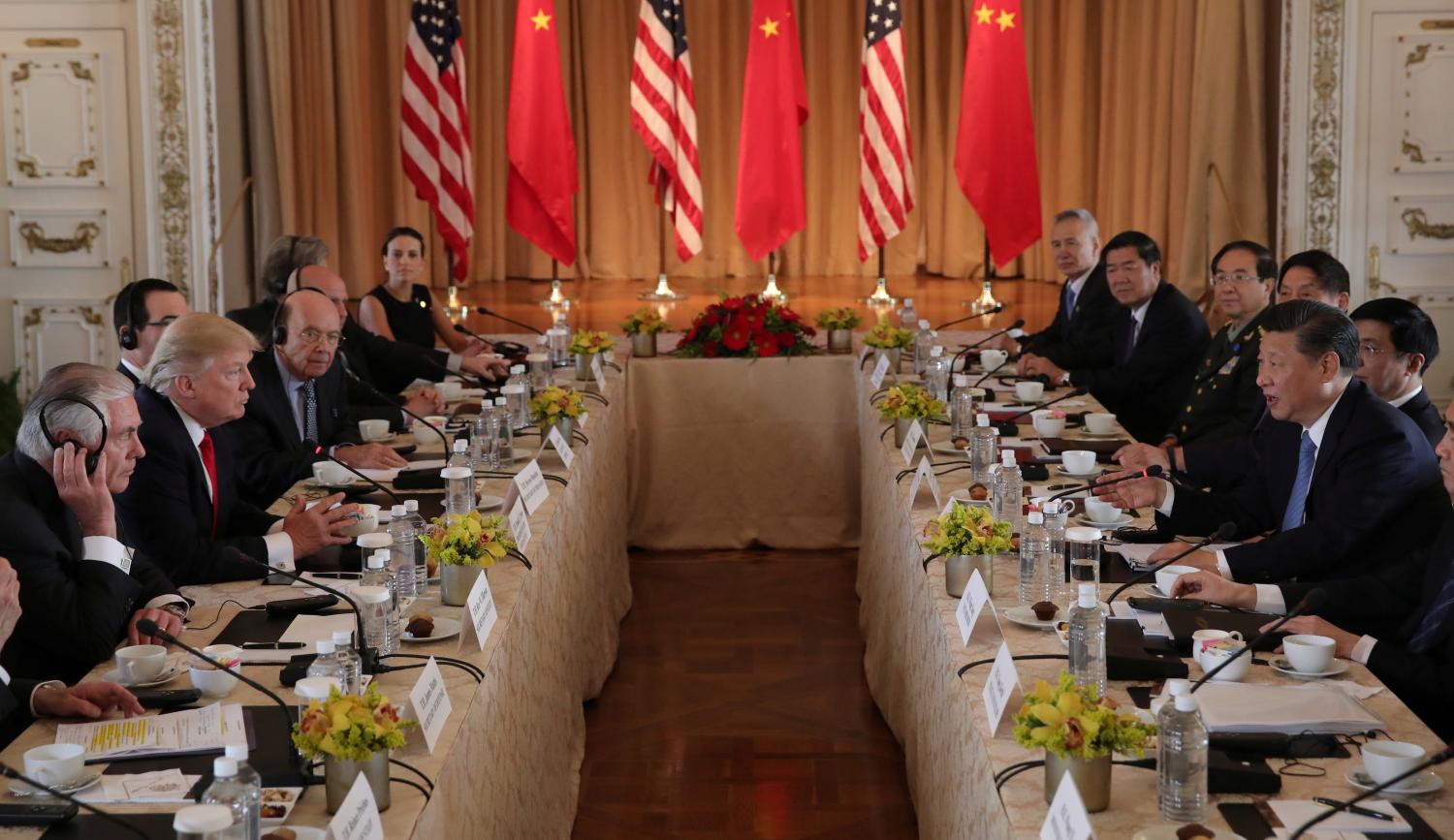
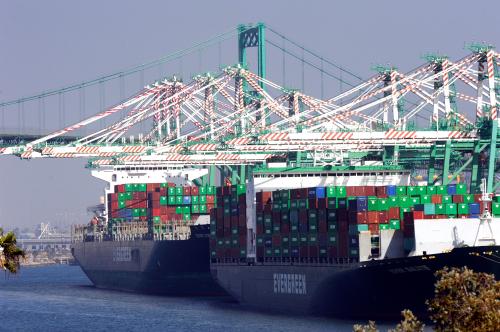

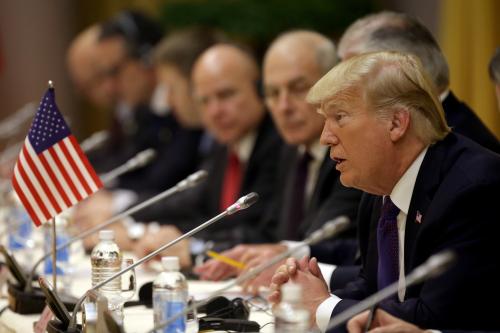

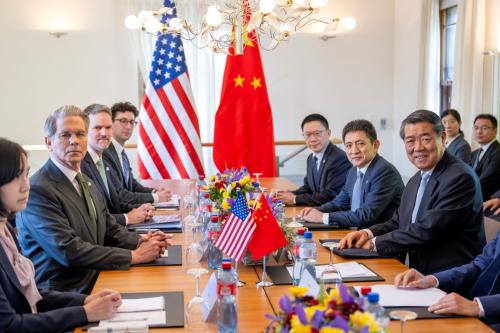
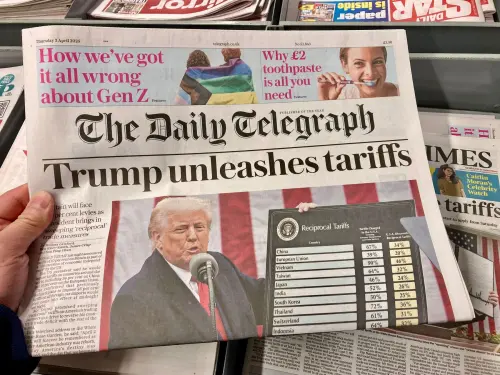
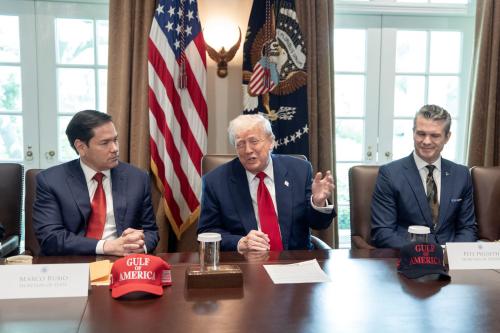
Commentary
Op-edA new meaning for TPP: Restrain Trump-era protectionism
January 28, 2017